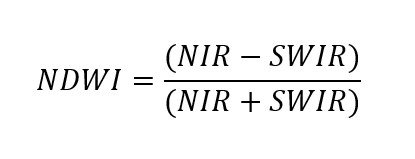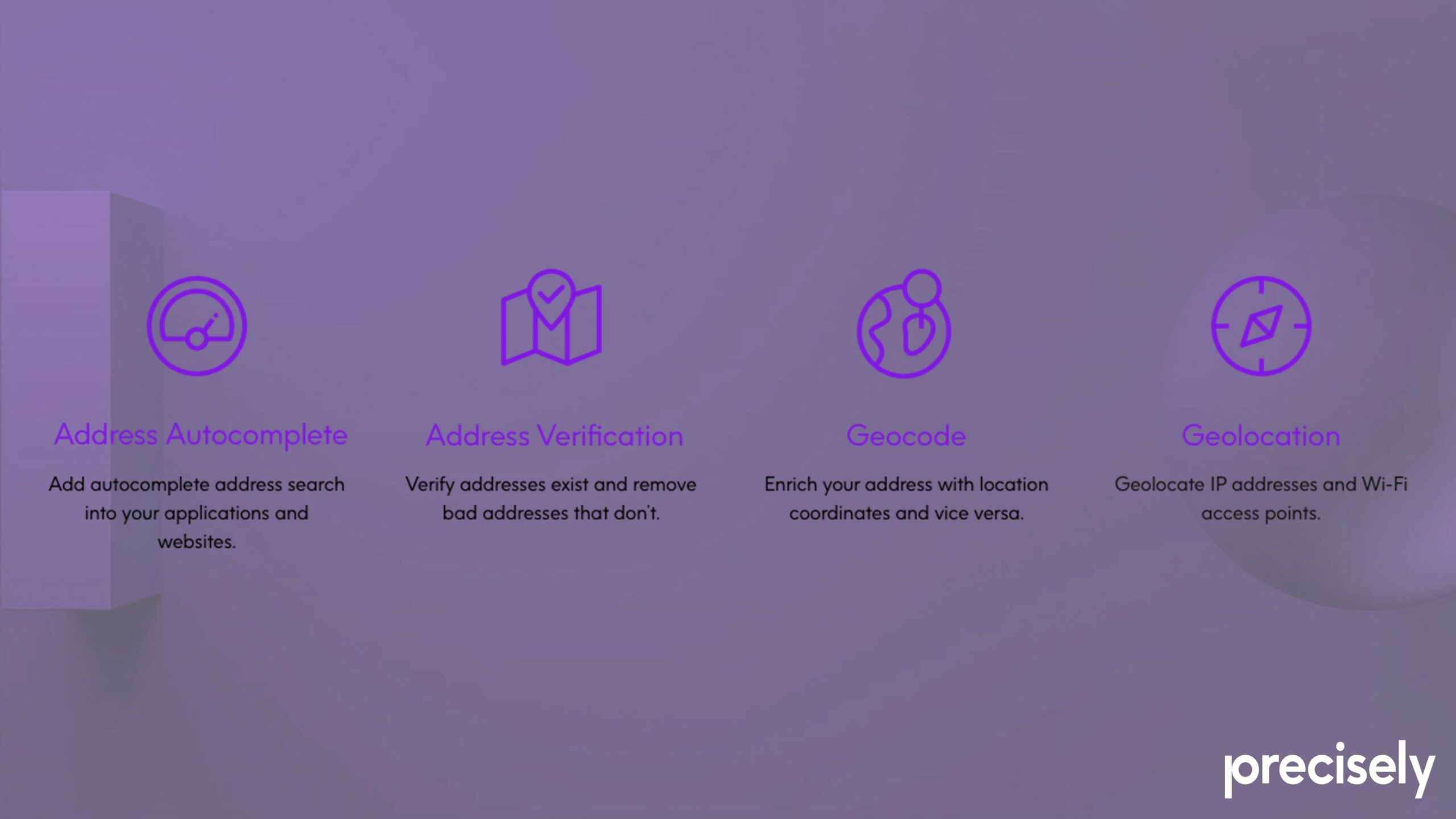
An Overview of Indices in Remote Sensing
Remote sensing has revolutionized the way we monitor and analyze the Earth’s surface. One of the key tools in this field is the use of spectral indices. These indices enhance the contrast between different types of land cover and are crucial in monitoring environmental health, agriculture, and forestry.
What are Spectral Indices?
Spectral indices are formulas that combine reflectance data from two or more spectral bands to highlight specific features or conditions on the Earth’s surface. These carefully crafted equations serve to amplify the distinctions between various types of land cover, providing us with valuable insights.
Environmental Monitoring: A Multifaceted Approach
Spectral indices have become indispensable in monitoring a wide array of environmental parameters:
– Vegetation Health: Indices like NDVI and Enhanced Vegetation Index (EVI) are used to assess plant health and productivity. EVI refines NDVI’s approach, offering improved sensitivity in densely vegetated areas while minimizing atmospheric influences.
– Water Content: The Normalized Difference Water Index (NDWI) detects water bodies, tracking changes and trends over time with remarkable precision.
– Soil Properties: The Soil-Adjusted Vegetation Index (SAVI) is a vegetation index designed to minimize the influence of soil brightness when assessing vegetation cover, especially in areas with low vegetation density.
The Power of Normalization
At the heart of many spectral indices lies the concept of normalization. This process involves adjusting values measured on different scales to a common scale. By doing so, normalization:
- Mitigates the effects of varying measurement conditions.
- Enhances data comparability across diverse datasets.
- Produces dimensionless indices, allowing for consistent interpretation.
This process involves mathematical operations that standardize the data, often using ratios or differences, to ensure that the indices are dimensionless and comparable across different datasets and conditions. For example, the Normalized Difference Vegetation Index (NDVI) normalizes the difference between near-infrared and red reflectance values to highlight vegetation health consistently across different environments. That’s why NDVI index values are between -1 and 1.
Applications in Various Fields
Transforming Agriculture
In agriculture, spectral indices have emerged as essential tools for precision farming.
- Crop Health Monitoring: Indices like NDVI and EVI can serve as early warning systems, identifying stressed crops due to water scarcity or pest invasions.
- Disease detection: For instance, the timely identification of wheat rust through spectral analysis allows farmers to intervene promptly, significantly reducing potential yield loss.
- Resource Management: Spectral indices aid in optimizing water usage and other agricultural inputs, promoting sustainable farming practices.
Advancing Forestry Management
The forestry sector has witnessed a paradigm shift with the adoption of spectral indices:
- Fire Impact Assessment: The Normalized Burn Ratio (NBR) has become crucial in evaluating forest fire severity and monitoring post-fire recovery.
- Reforestation Planning: By combining NBR with high-resolution satellite data from Landsat and Sentinel-2, studies have shown that detailed insights into both the impact of forest fires and the effectiveness of recovery efforts can be gleaned. Forestry experts can now develop more effective reforestation strategies as a result.
- Ecosystem Health Tracking: These indices provide a comprehensive view of forest health, enabling proactive management and conservation efforts.
Enhancing Climate Science
Spectral indices are enhancing our understanding of complex environmental systems and empowering decision-makers to implement more effective and sustainable strategies.
- Land Cover Dynamics: In climate science, spectral indices are used to monitor changes in land cover and vegetation cover, providing crucial data on global environmental shifts.
- Snow Cover Monitoring: The Normalized Difference Snow Index (NDSI) offers invaluable insights into seasonal snow cover variations, a key indicator of climate change impacts.
- Pollution Impact Studies: Innovative indices like the Aerosol Free Vegetation Index allow us to assess vegetation health in areas affected by atmospheric aerosols, providing insights into the effects of pollution on vegetation.
Spectral Bands and Formulas
Spectral indices are calculated using specific spectral bands. Here are some common indices and their formulas:
– NDVI:
![]()
– EVI:

G = Gain factor (typically 2.5),
C1 and C2 = Coefficients for atmospheric correction (typically 6 and 7.5),
L = Canopy background adjustment (typically 1).
– SAVI:

where L is a canopy background adjustment factor.
– Normalized Difference Water Index (NDWI) is used to monitor changes in water content of vegetation and soil:

– Vegetation Condition Index (VCI) measures the relative greenness:
![]()
– Normalized Difference Drought Index (NDDI) combines NDVI and NDWI to better capture drought conditions.
![]()
These formulas use reflectance values from specific spectral bands (e.g., red, NIR, blue, SWIR) captured by remote sensing instruments on satellites like Landsat and Sentinel.
Case Study: Detecting Drought’s Impact on Crops in Central Poland
Let’s explore the application of spectral indices to detect drought impact on crops in central Poland. Recent satellite imagery on Google Earth (from 24 May 2024) showcased noticeable color changes in agricultural fields, indicating the severe effects of a prolonged drought period due to low groundwater levels.
First, we downloaded Sentinel-2 imagery from SentinelHub, and then used additional features on the SentinelHub Browser to visualize various spectral indices.
Case study: Visualization on SentinelHub
The primary analysis was conducted using QGIS software, where several indexes, including NDVI, NDWI, EVI, and NDDI, were calculated to assess vegetation health and moisture content.
Each raster was individually styled to highlight different aspects of the drought’s impact. Vector layers of rivers were added to the analysis to compare areas at risk of drought with the proximity to water bodies.
This comparison provided insights into how low groundwater levels and drought conditions are affecting agricultural fields relative to their distance from rivers. The analysis successfully identified areas at risk of drought, demonstrating the utility of remote sensing and spectral indexes in agricultural monitoring and drought management.
Case study: Area of interest
Case study: Indexes comparison: NDVI vs. EVI
Case study: Indexes comparison: NDWI vs. NDDI
Case study: Indexes comparison: SAVI vs. VCI
Databases of Spectral Indices
Several databases compile spectral indices, providing valuable resources for researchers and practitioners:
– Index Database (IDB): This detailed database lists various spectral indices and the sensors suitable for calculating them. It also links indices to specific applications, making it easier to find the right index for a particular need.
– Awesome Spectral Indices on GitHub: This list includes a wide range of spectral indices used in remote sensing applications. It is continuously updated and includes contributions from researchers worldwide.
– USGS Landsat Surface Reflectance-Derived Spectral Indices: This database provides indices derived from Landsat data, available on demand for various applications.
As we look to the future of environmental monitoring and management, spectral indices are essential tools in remote sensing methods of understanding and protecting our impact on the planet.
By enhancing the contrast between different land cover types, these indices help to monitor and manage the Earth’s resources more effectively. The availability of extensive databases and continuous advancements in remote sensing technology ensure that spectral indices will remain at the forefront of environmental monitoring and management.
Did you like the article? Read more and subscribe to our monthly newsletter!









